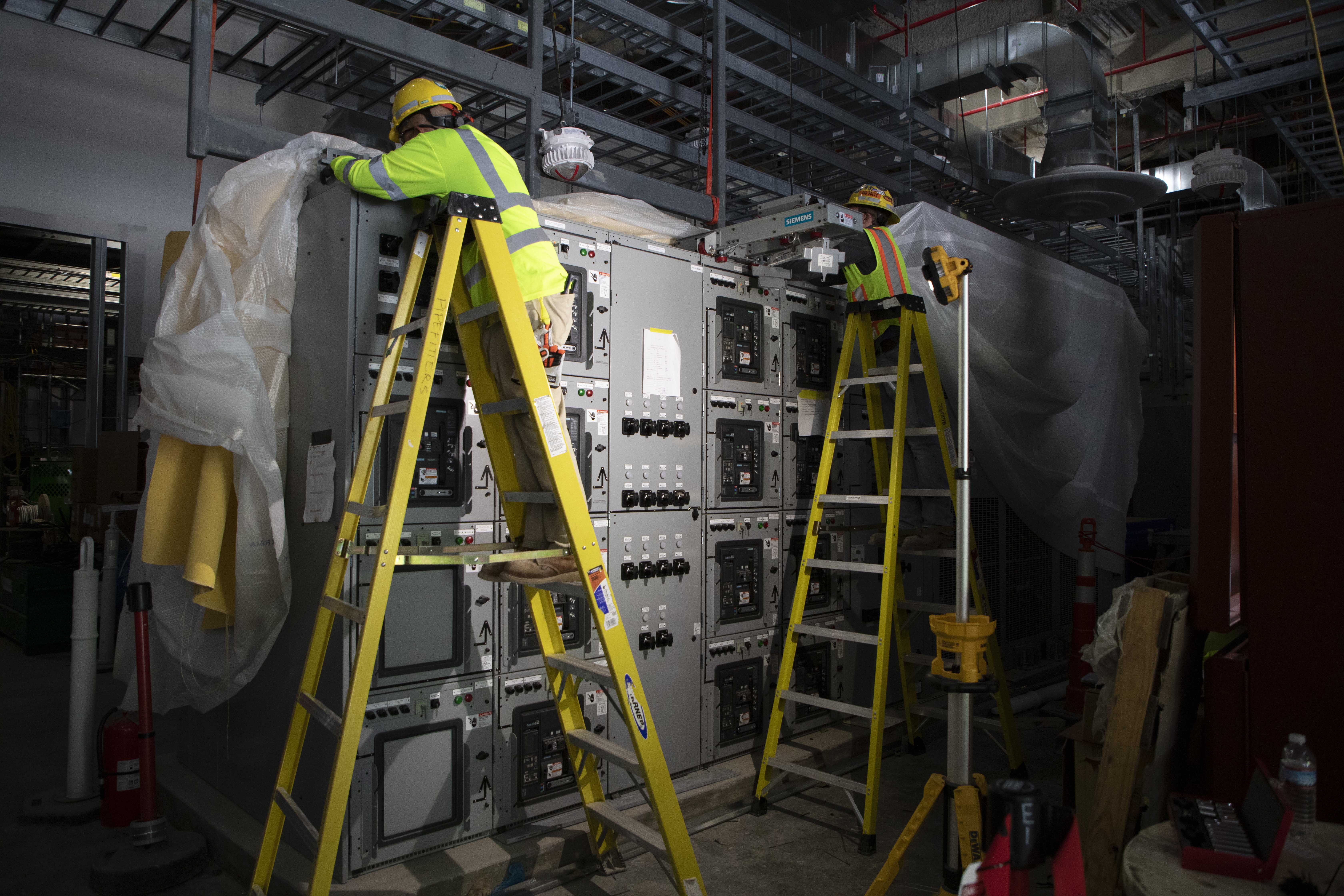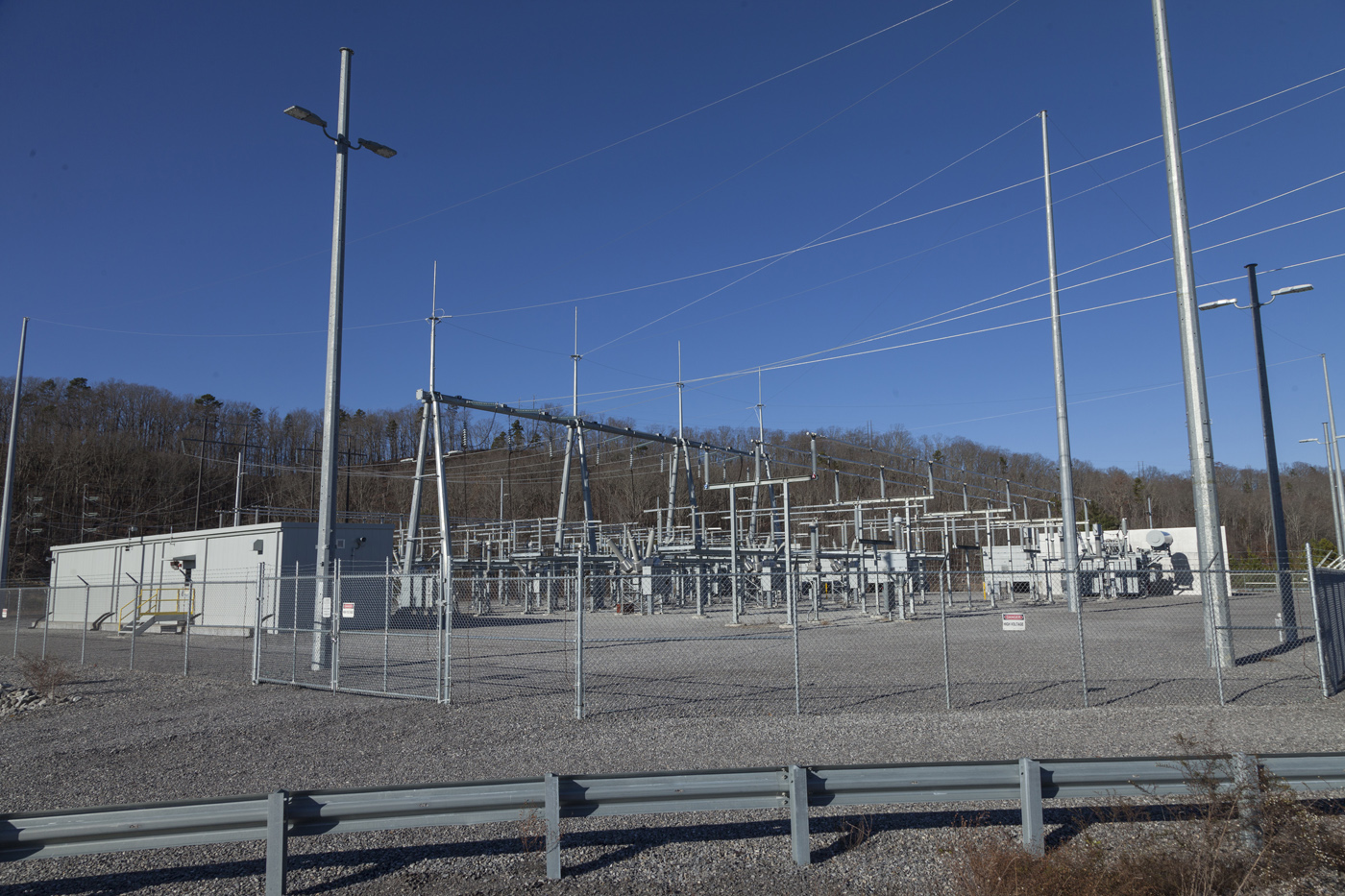
Installation of the 13.8kV switchgear in the Uranium Processing Facility’s Mechanical Electrical Building
The Uranium Processing Facility (UPF) Project ‘flipped the switch’ as it energized the first of the facility’s electrical power systems.
During the first quarter of 2021, the project successfully energized Direct Current Power in the Mechanical Electrical Building (MEB). The system provides the breaker and relay control power to the UPF Project's 13.8kV switchgear.
“The start-up of these systems signifies a new phase for the UPF Project as we transition from design and installation to start-up and energization,” said Jeremy Wilkins, UPF Start-Up Manager.
The Start-Up team is now working to energize medium voltage and low voltage equipment in the MEB, which is scheduled to be complete by the end of April. Once all of the electrical systems have been energized, they can distribute power to the entire project.
“The UPF Project continues to make significant progress for our nation as we start turning our systems over to start-up,” said Dena Volovar, UPF Project Director. “This milestone is evidence of the quality work of all engaged on MEB over the last few years – through design to procurement to install to operating and all the steps in between – truly a team accomplishment!”
The UPF Pine Ridge Substation, which was completed ahead of schedule and under budget in 2019, supplies the power to the site as these systems are turned on. The substation, which was designed and built by the Tennessee Valley Authority, was the third subproject completed for the project.

The new substation will service both the Y-12 National Security Complex and the UPF Project, replacing an existing substation at Y-12 which is reaching the end of its service life. Servicing both sites with a single, modern substation is significantly more reliable and cost-effective to operate.